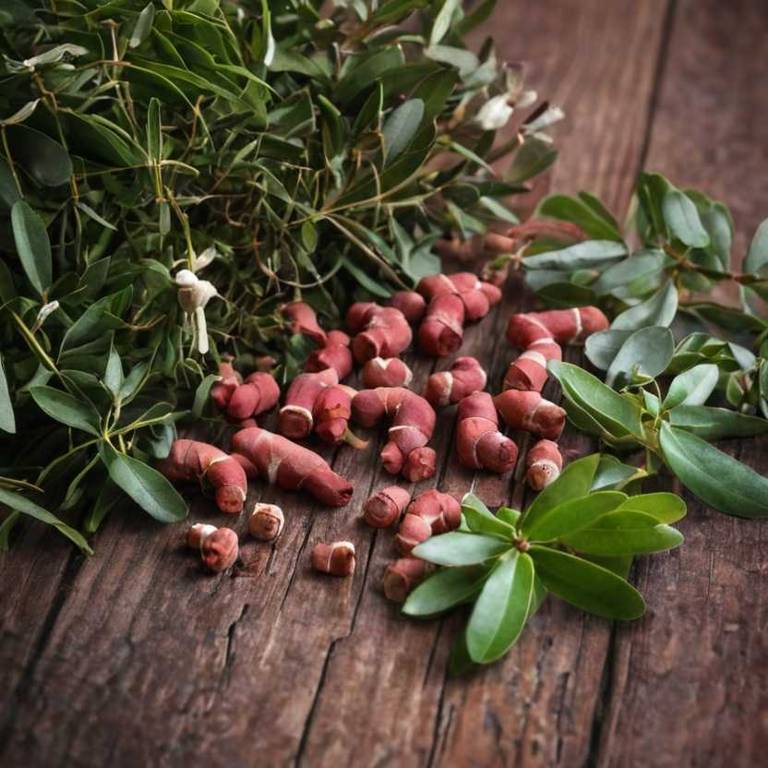Arbutus Unedo: What To Know Before Using It For Medicinal Purposes

Arbutus unedo, commonly known as the strawberry tree, has been traditionally used for its medicinal properties due to its rich content of antioxidants, tannins, and bioactive compounds.
The leaves and berries of the plant have been utilized in herbal medicine to treat digestive issues, inflammation, and skin conditions. Its antimicrobial and astringent properties make it effective in reducing infections and promoting wound healing. In traditional European and Native American medicine, it was often prepared as a tea or poultice to address various ailments.
Modern research is exploring its potential in supporting immune function and managing chronic diseases, highlighting its continued relevance in natural medicine.
Health Benefits
Arbutus unedo has several health benefits, such as its high antioxidant content, which helps protect cells from oxidative stress and damage.
It is rich in polyphenols, which may support heart health by improving blood flow and reducing inflammation. The plant also contains compounds that may enhance immune function and promote skin health. Additionally, its leaves and berries have been traditionally used in herbal medicine to aid digestion and reduce symptoms of gastrointestinal issues.
Overall, Arbutus unedo offers a range of potential health advantages that make it a valuable natural resource.
10 Best Health Beneift of Arbutus unedo
Bioactive Constituents
Arbutus unedo has several bioactive constituents, such as flavonoids, phenolic acids, and tannins, which contribute to its medicinal properties.
These compounds exhibit antioxidant, anti-inflammatory, and antimicrobial activities, making the plant a valuable source for natural remedies. The presence of ellagic acid and other polyphenols supports its traditional use in treating ailments like inflammation and digestive disorders. Additionally, the bioactive profile of Arbutus unedo may offer potential in the development of pharmaceuticals and nutraceuticals.
Research into these constituents continues to uncover new therapeutic applications for this versatile plant.
Medicinal Preparations
Arbutus unedo has several medicinal preparations, such as teas, tinctures, and topical salves, that have been traditionally used for their therapeutic properties.
The leaves and berries of the plant are often brewed into teas to aid in digestion and support respiratory health. Tinctures made from the berries are believed to have antioxidant and anti-inflammatory effects, making them useful for treating skin conditions and boosting the immune system. In some cultures, the plant is also used to make poultices for wound healing and as a remedy for urinary tract infections.
These preparations highlight the plant's long-standing role in traditional medicine across various regions.
Side Effects
Arbutus unedo can have some side effects, such as gastrointestinal discomfort, including nausea, vomiting, and diarrhea, especially when consumed in large quantities.
Some individuals may experience allergic reactions, ranging from mild skin rashes to more severe symptoms like difficulty breathing. The plant contains compounds that may interact with certain medications, potentially leading to adverse effects or reduced effectiveness of the drugs. Overconsumption of Arbutus unedo has been linked to liver toxicity in some cases, highlighting the importance of moderation.
As with any herbal remedy, it is advisable to consult a healthcare professional before use, particularly for those with pre-existing medical conditions.